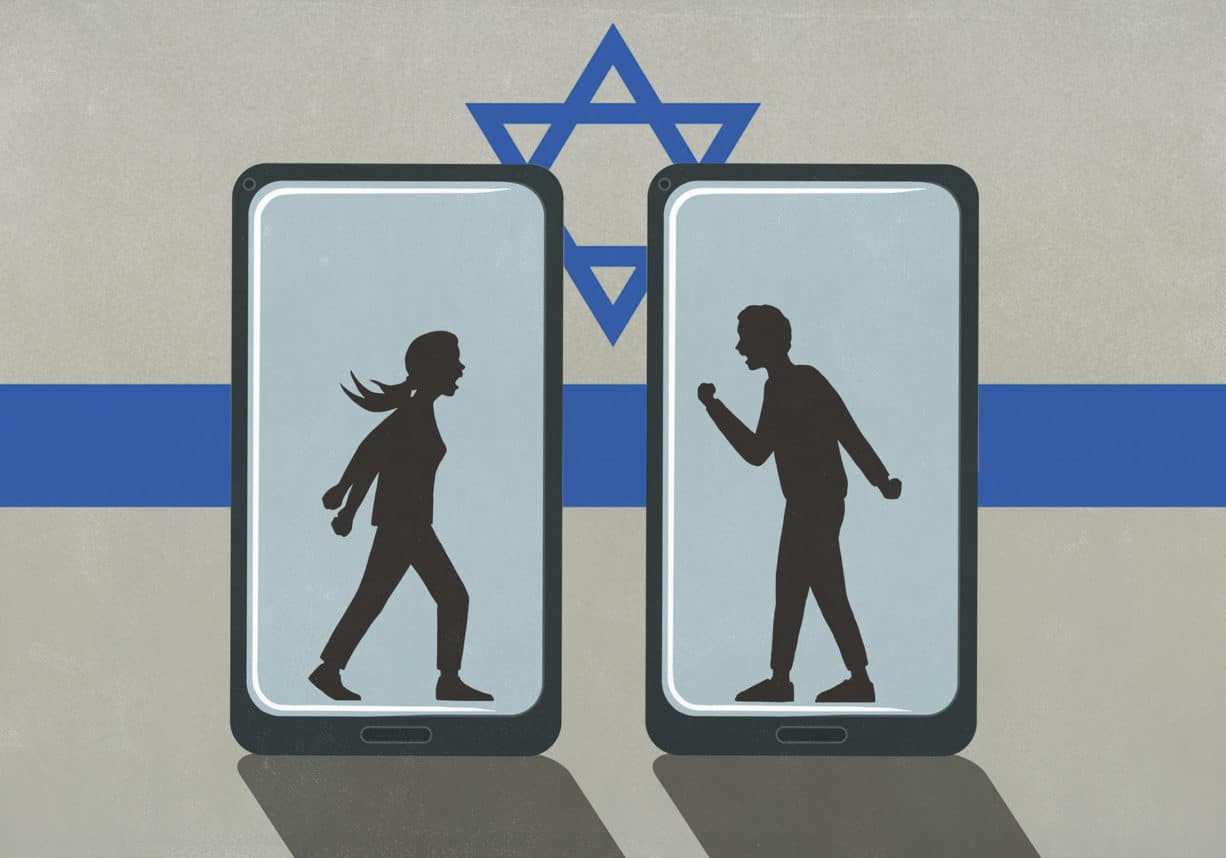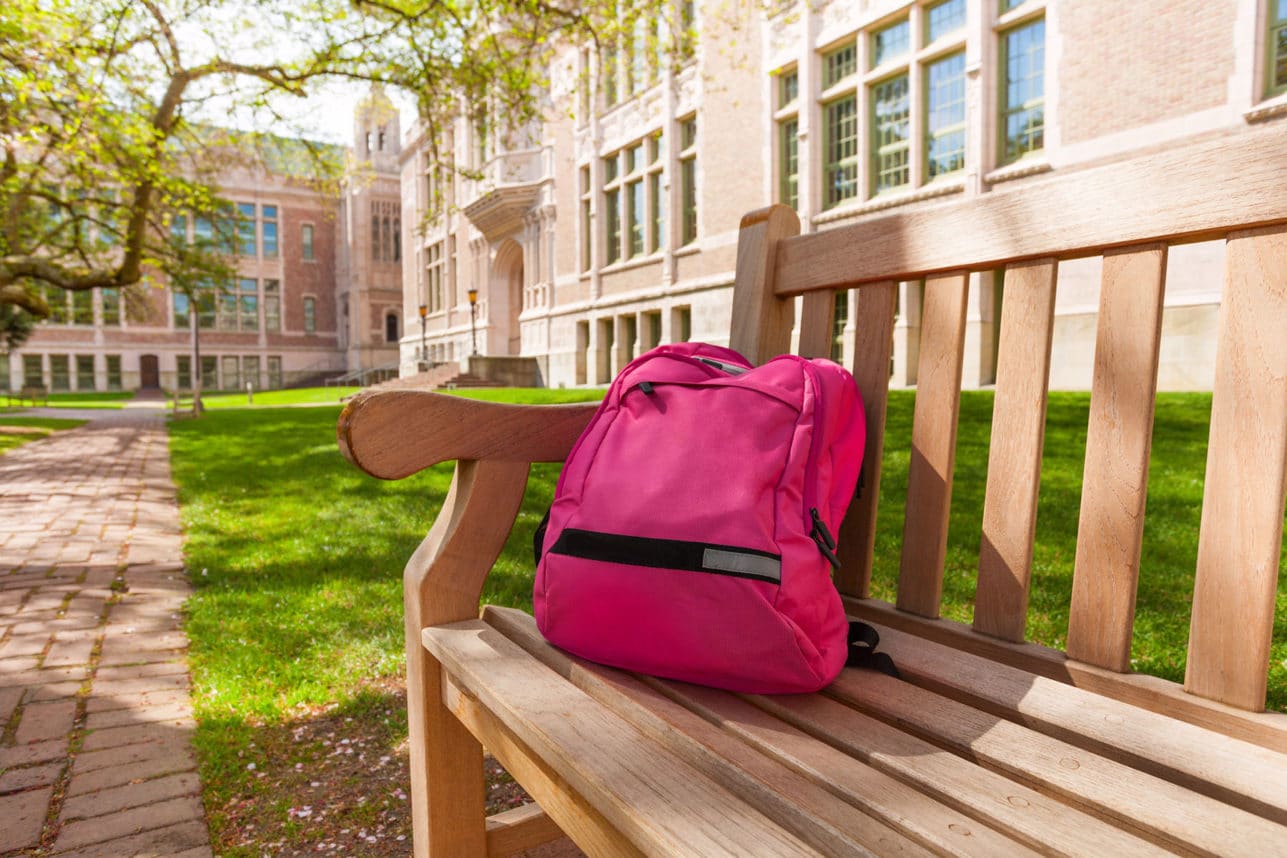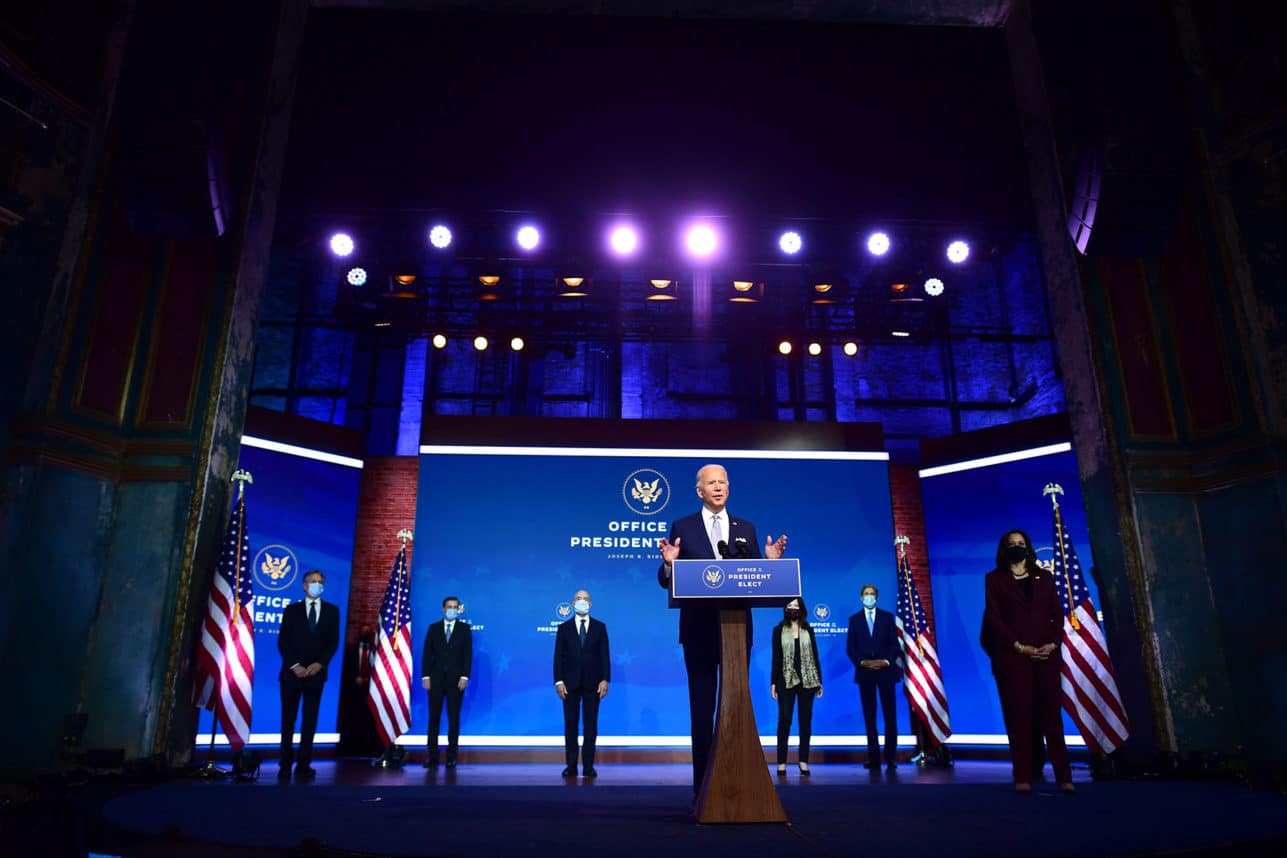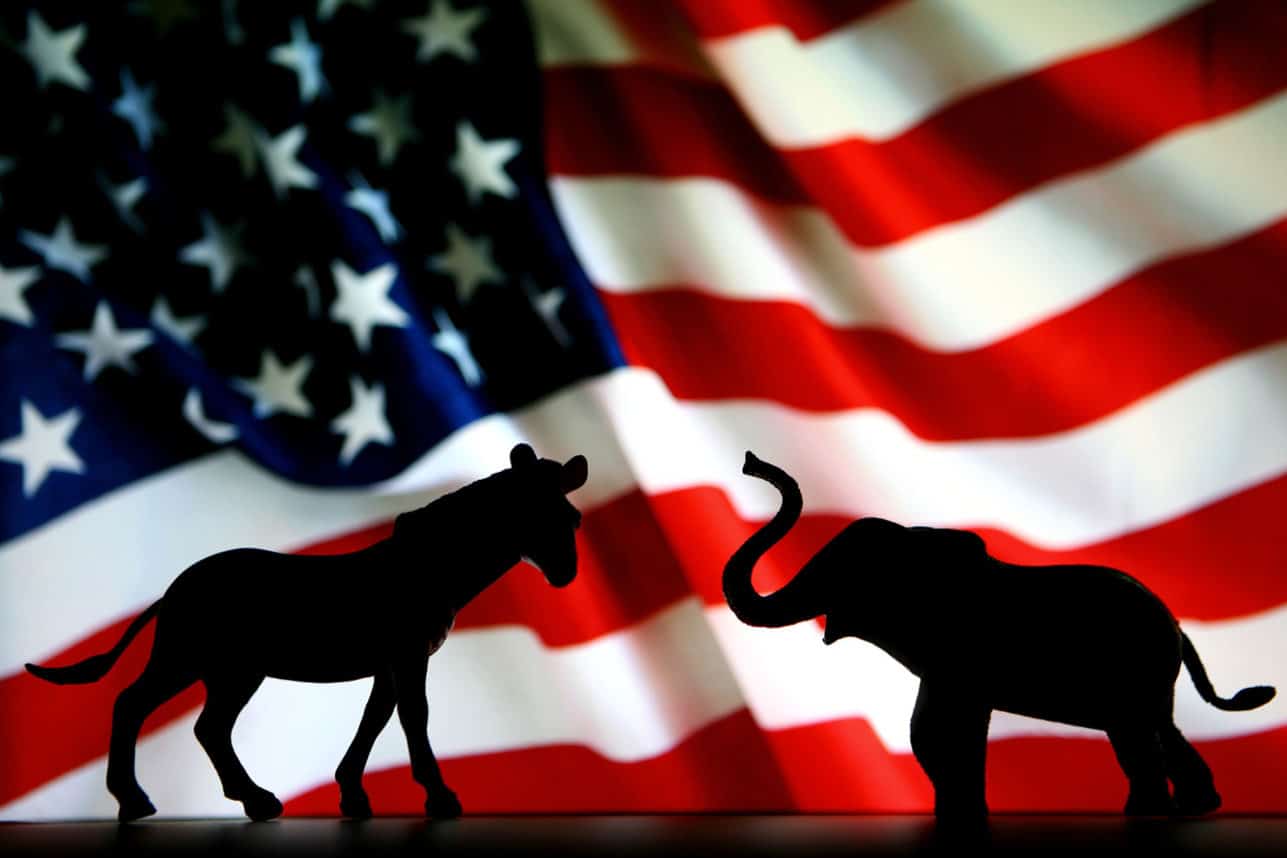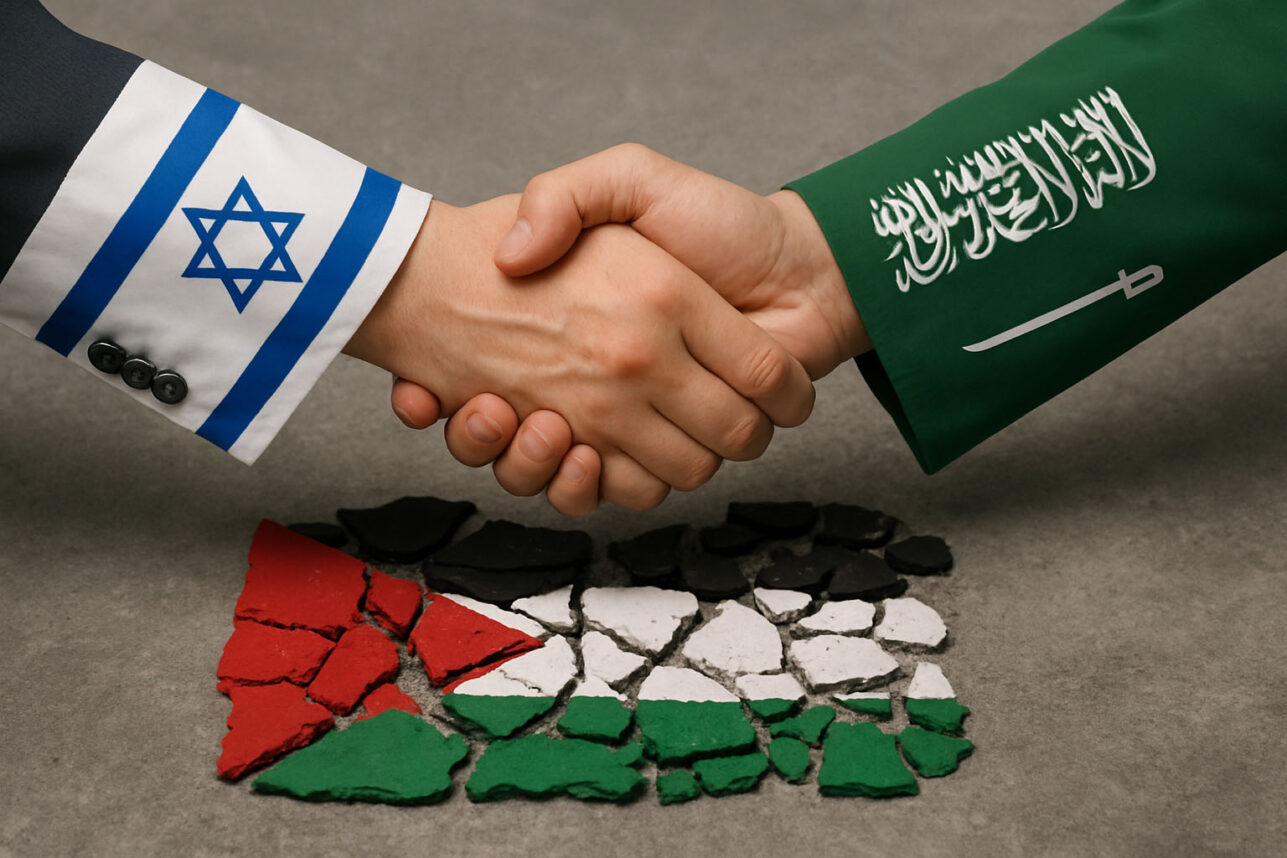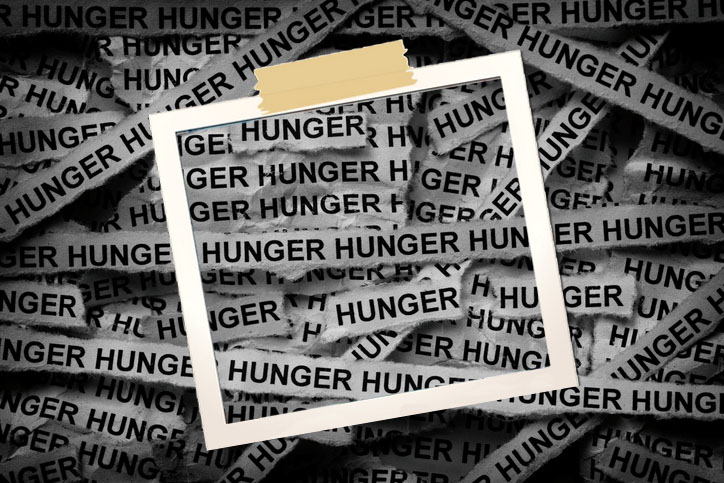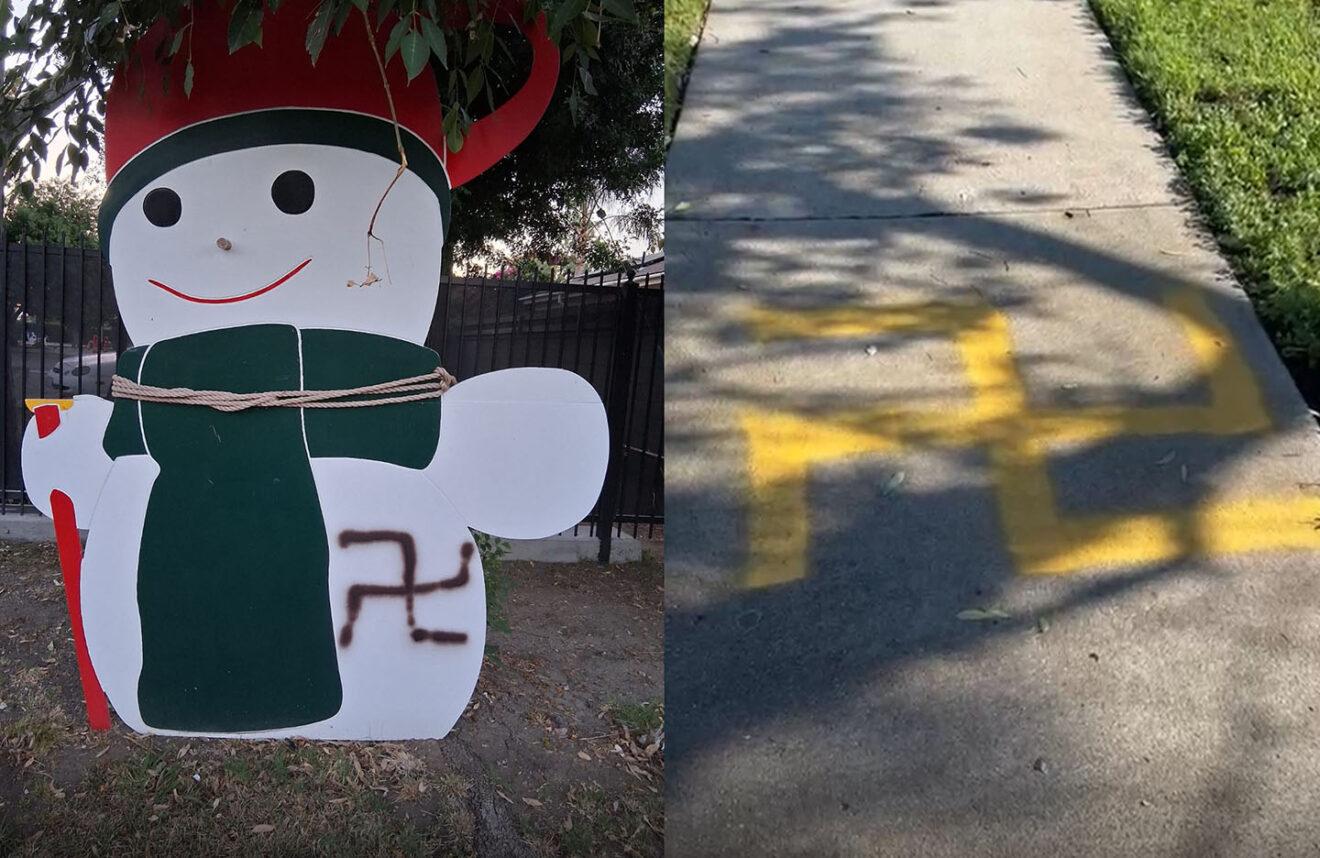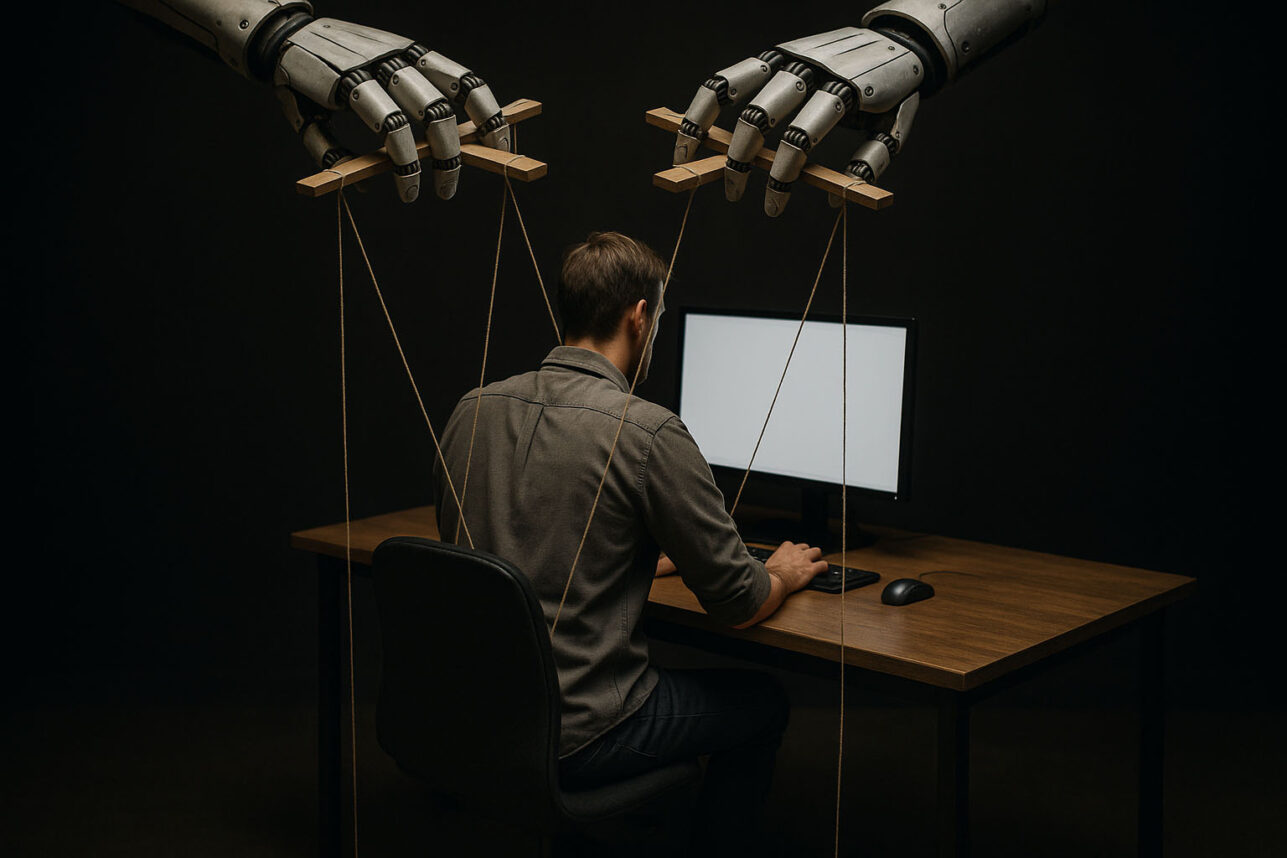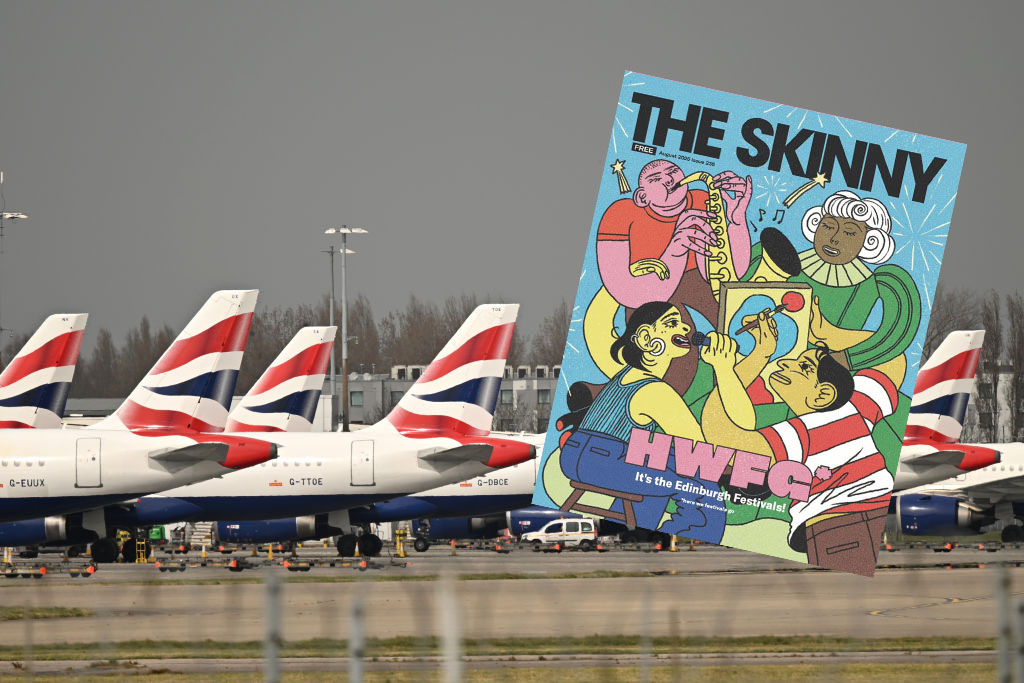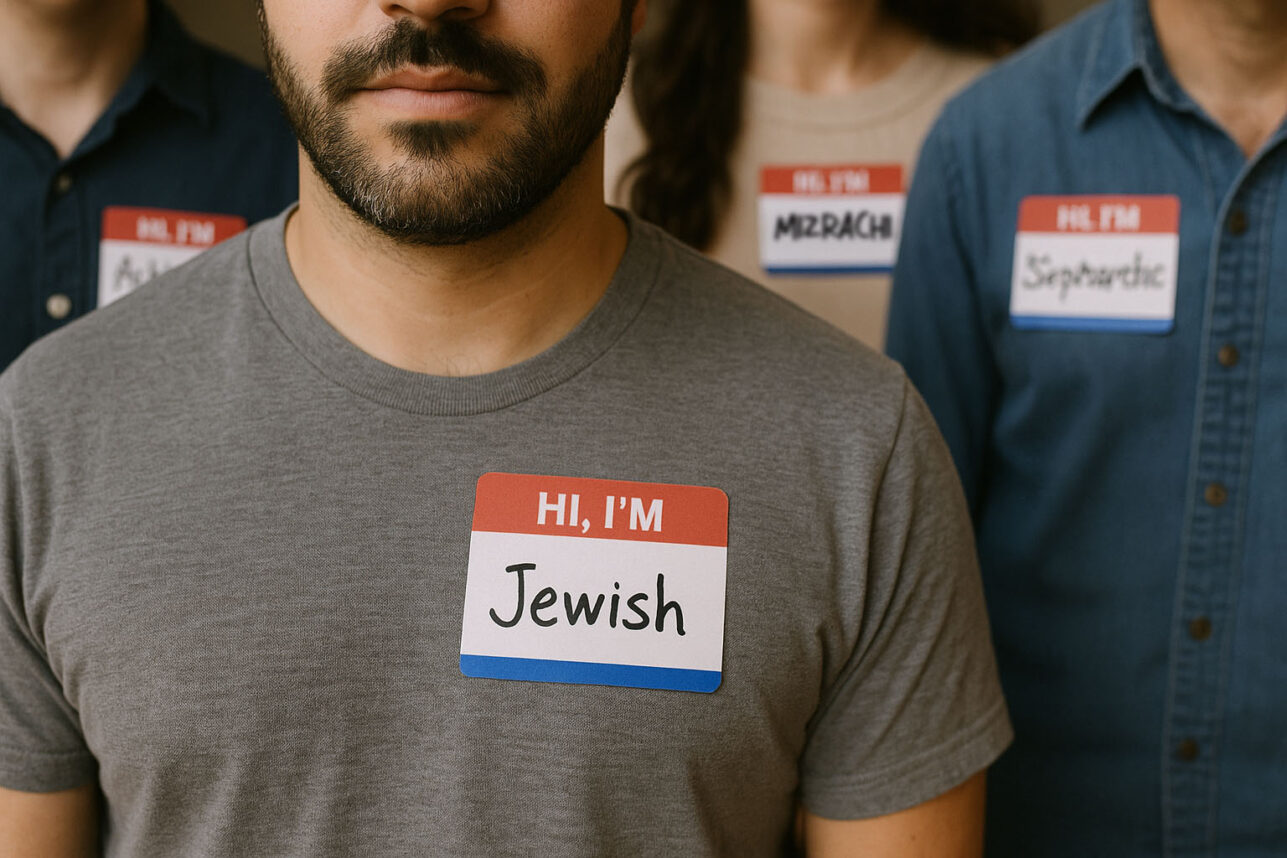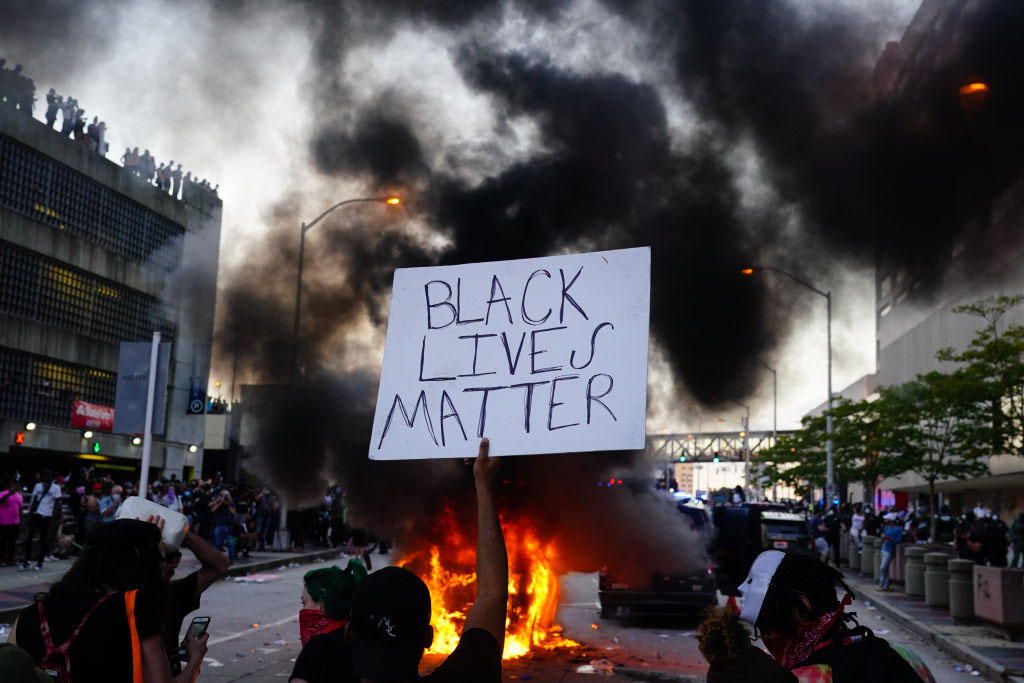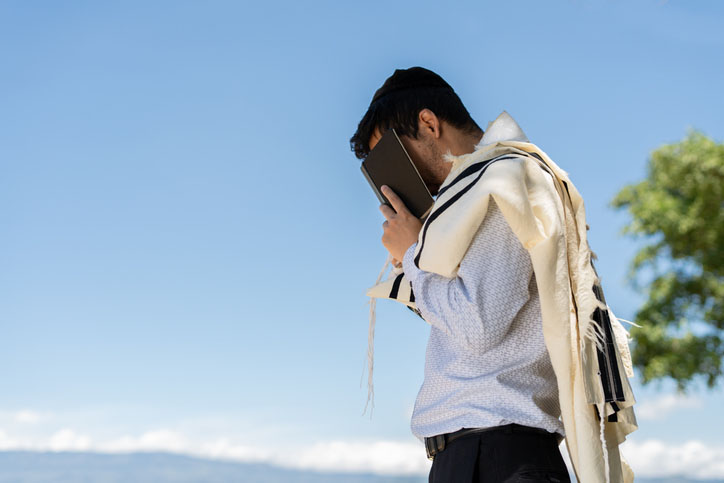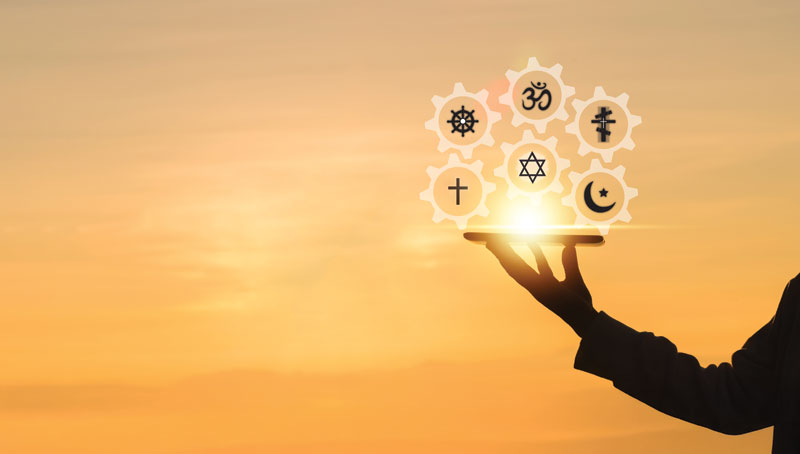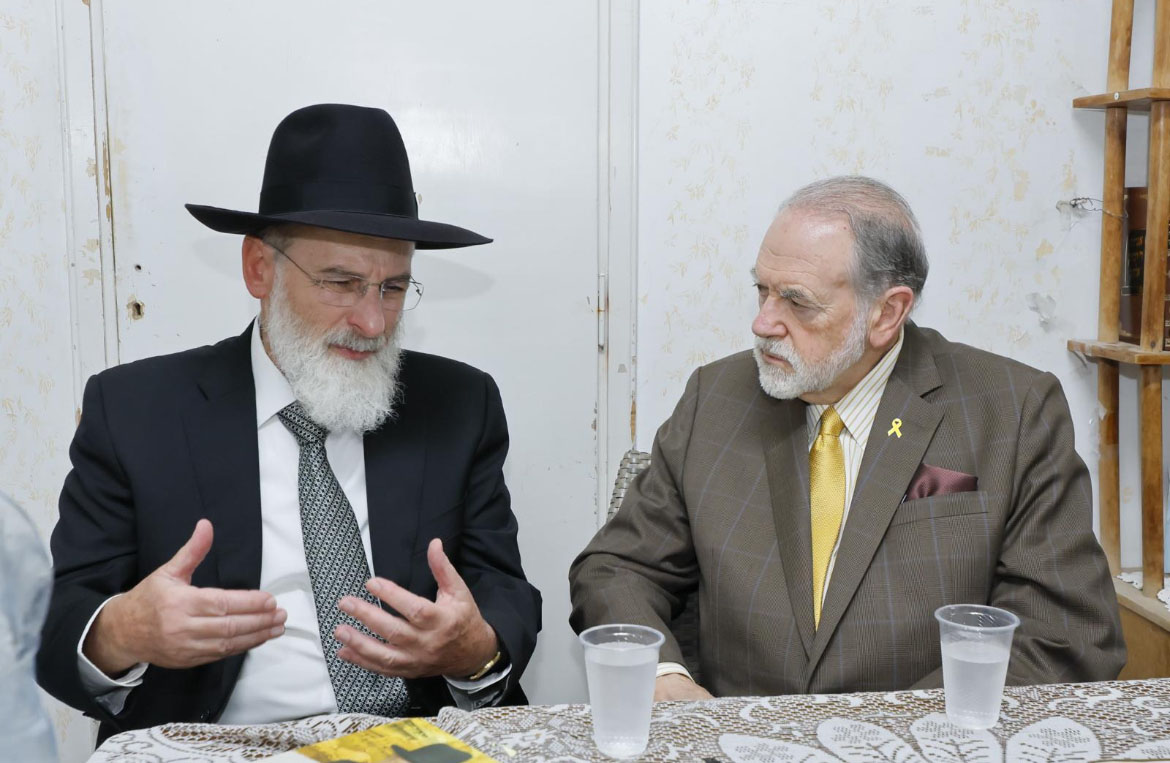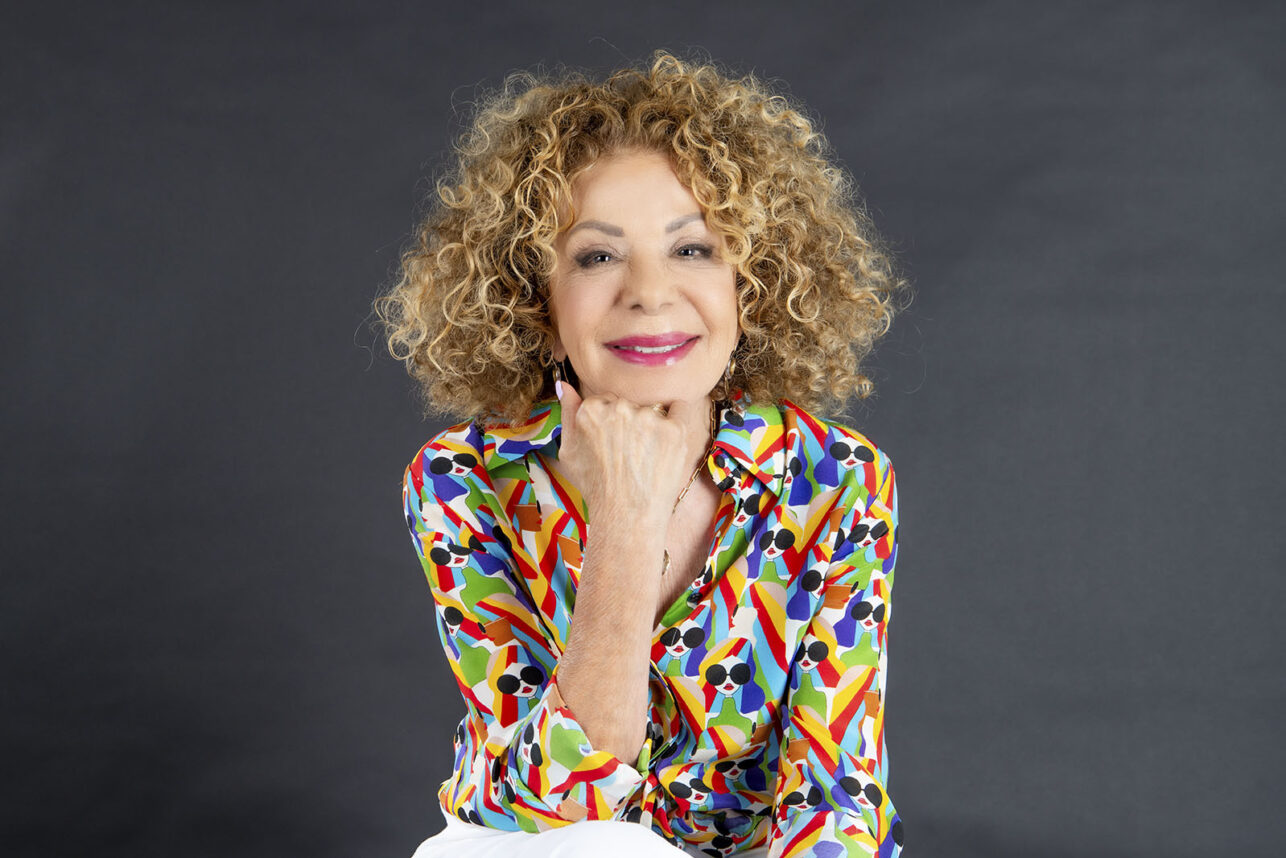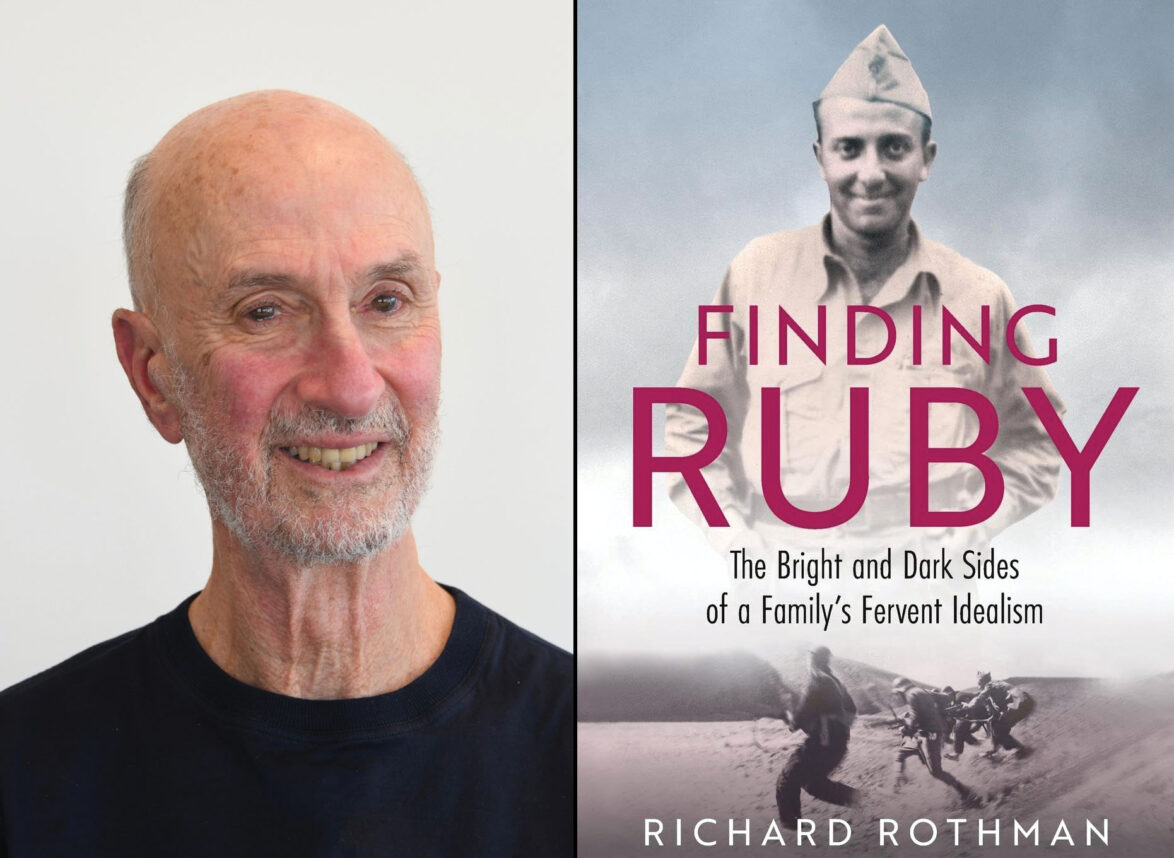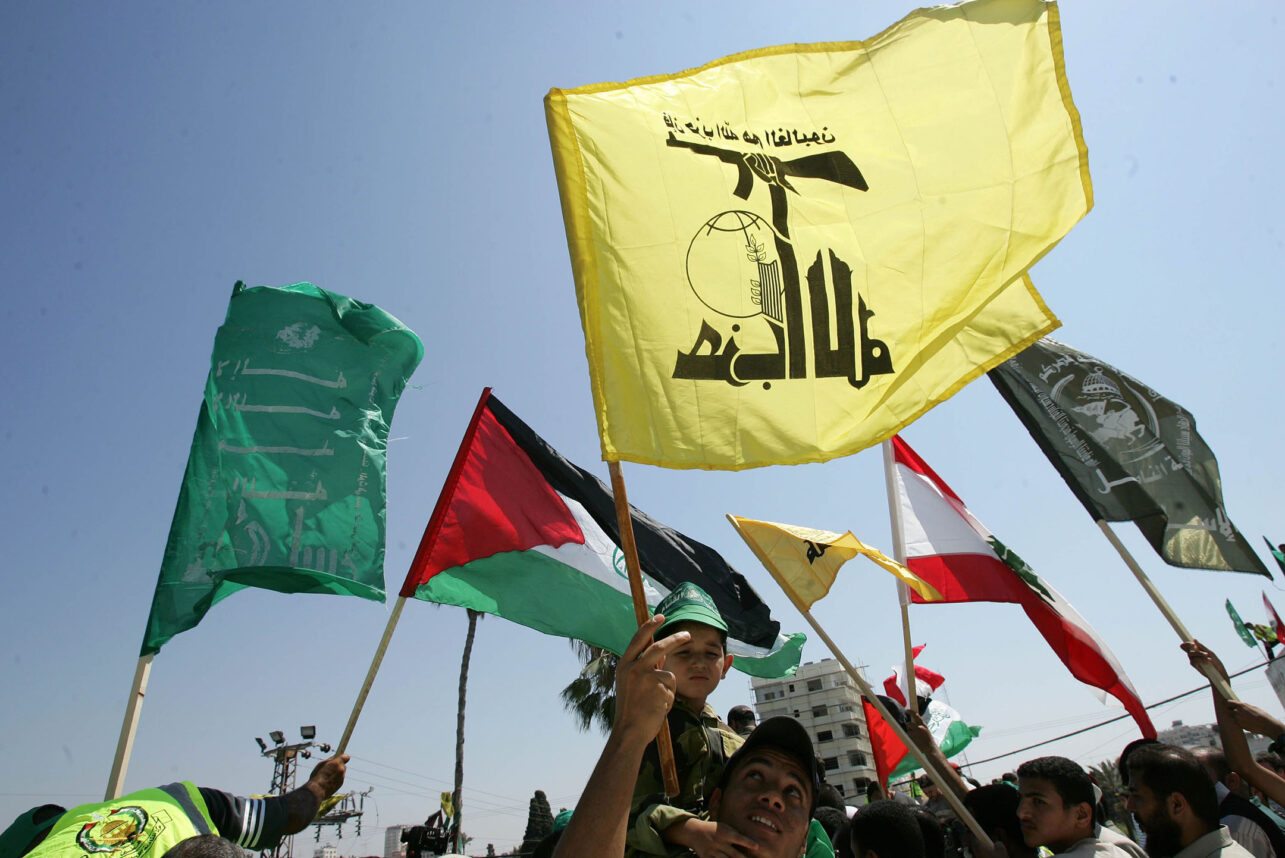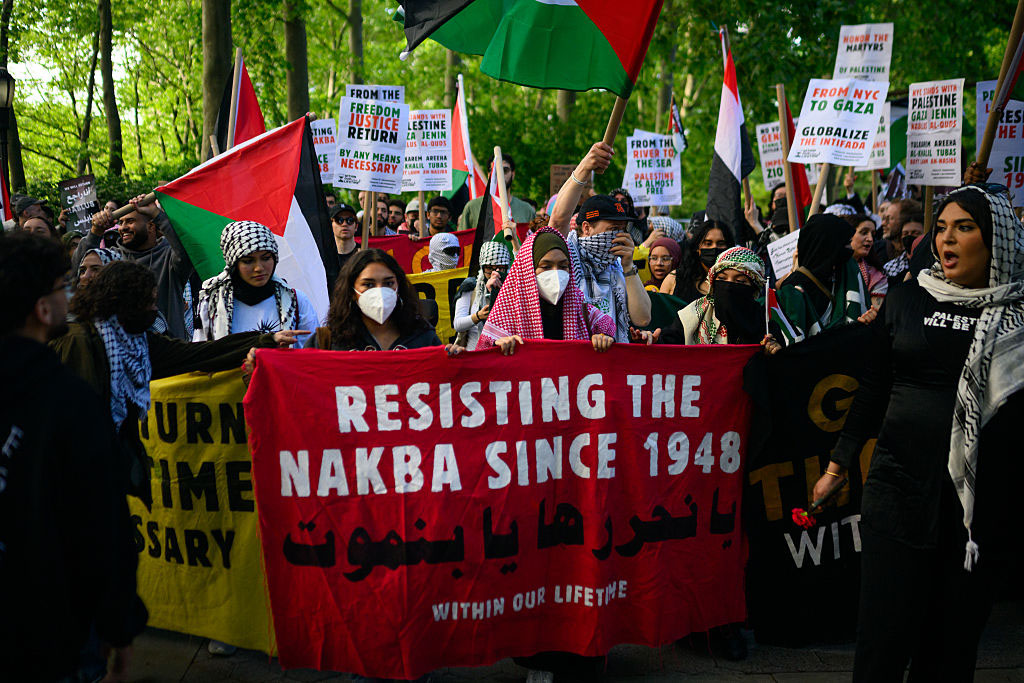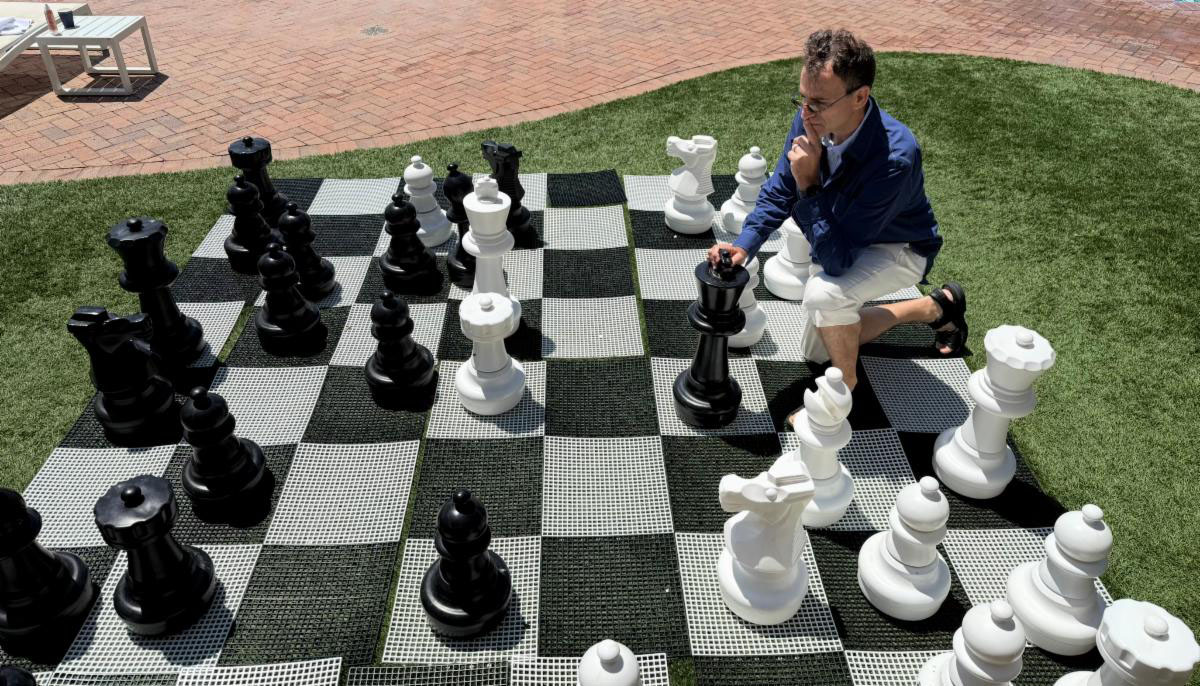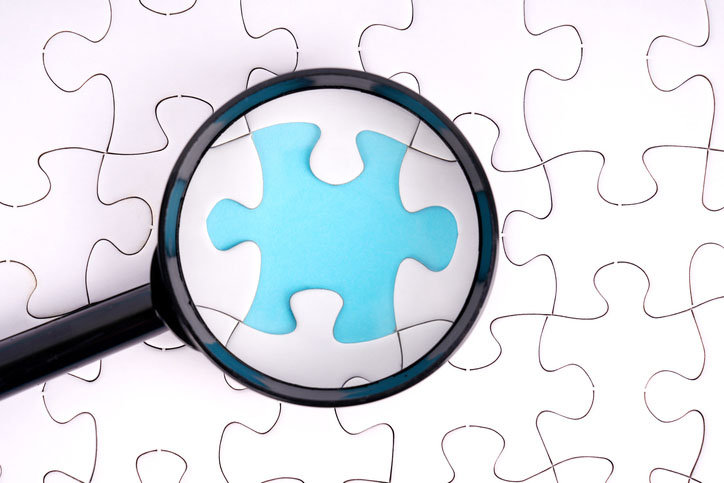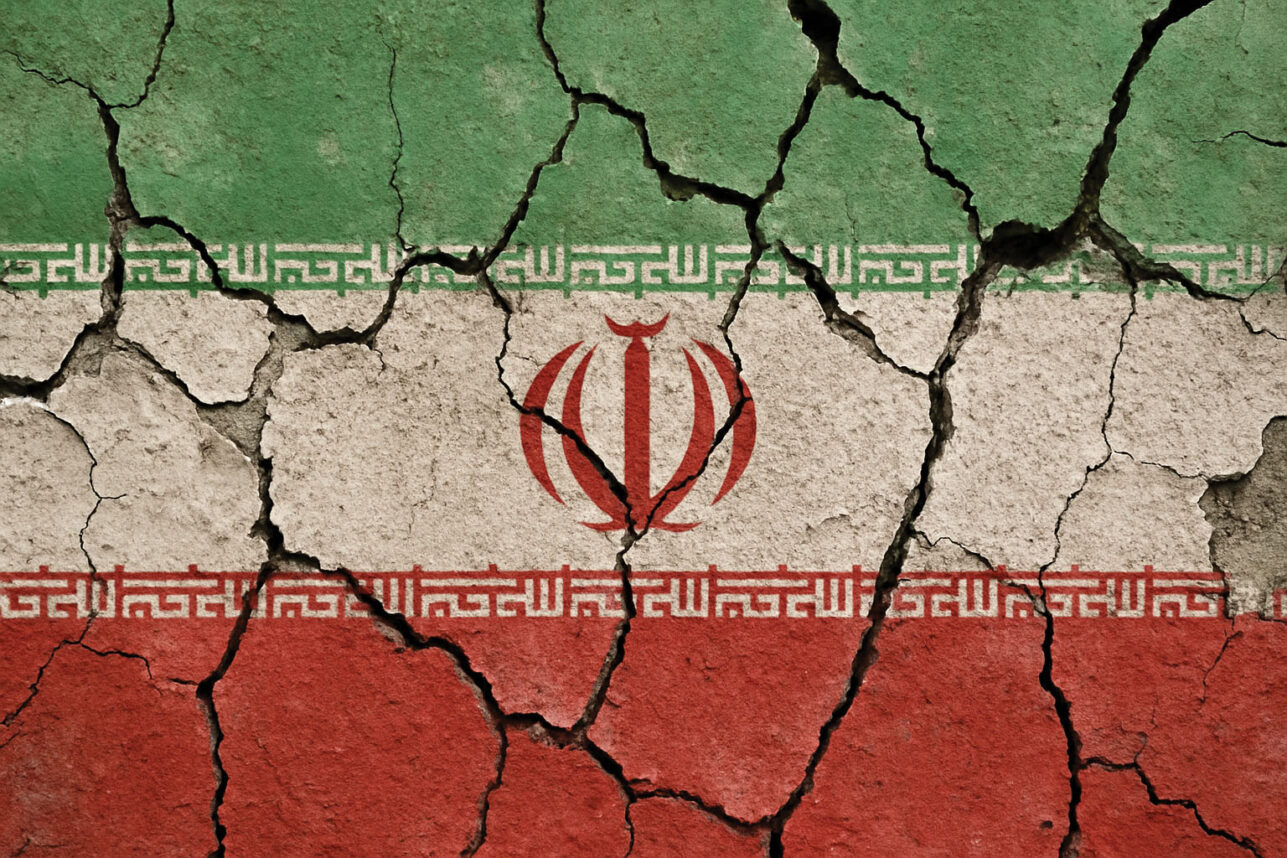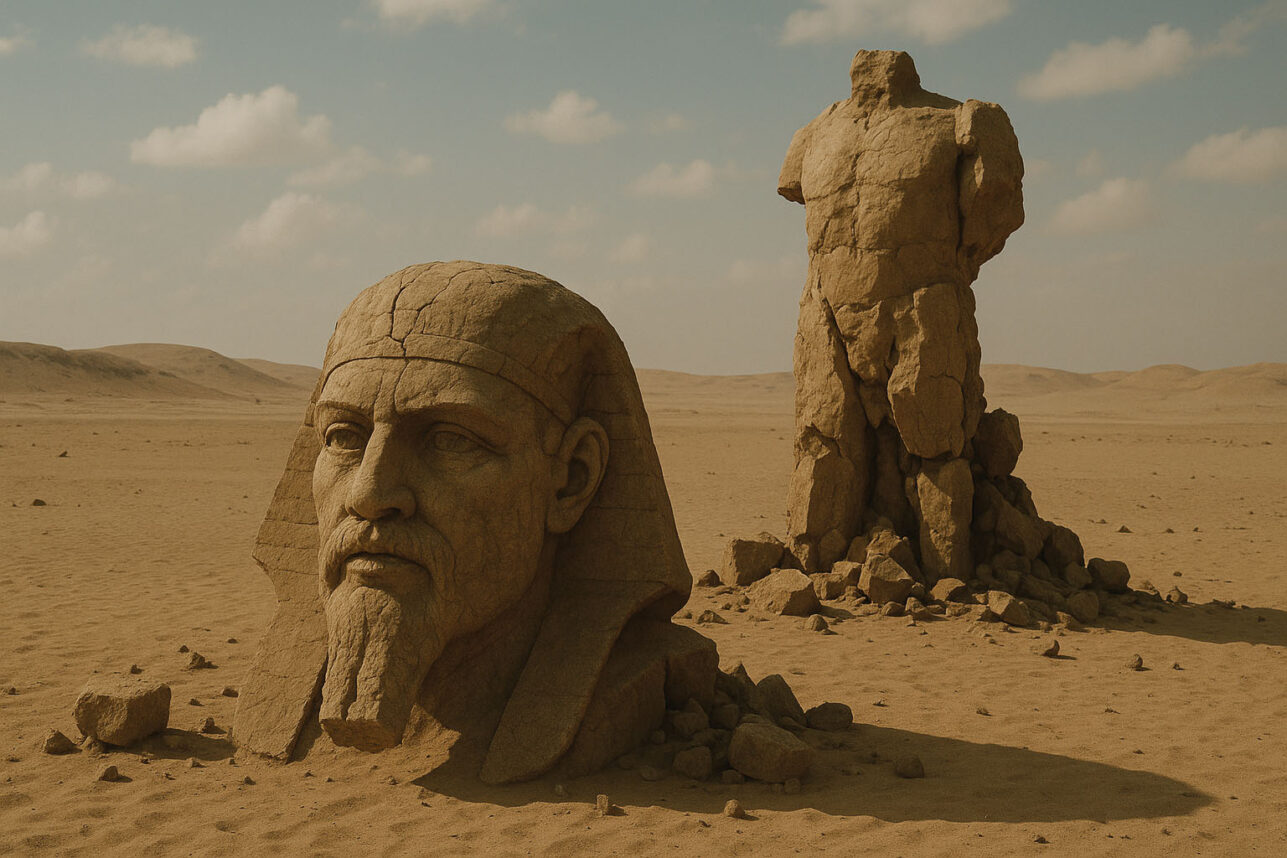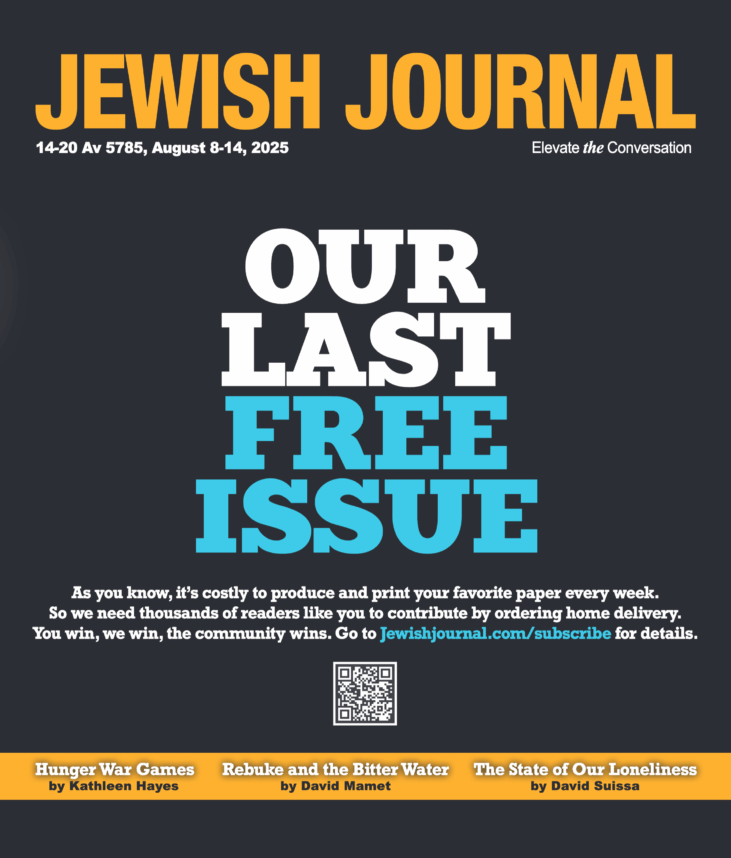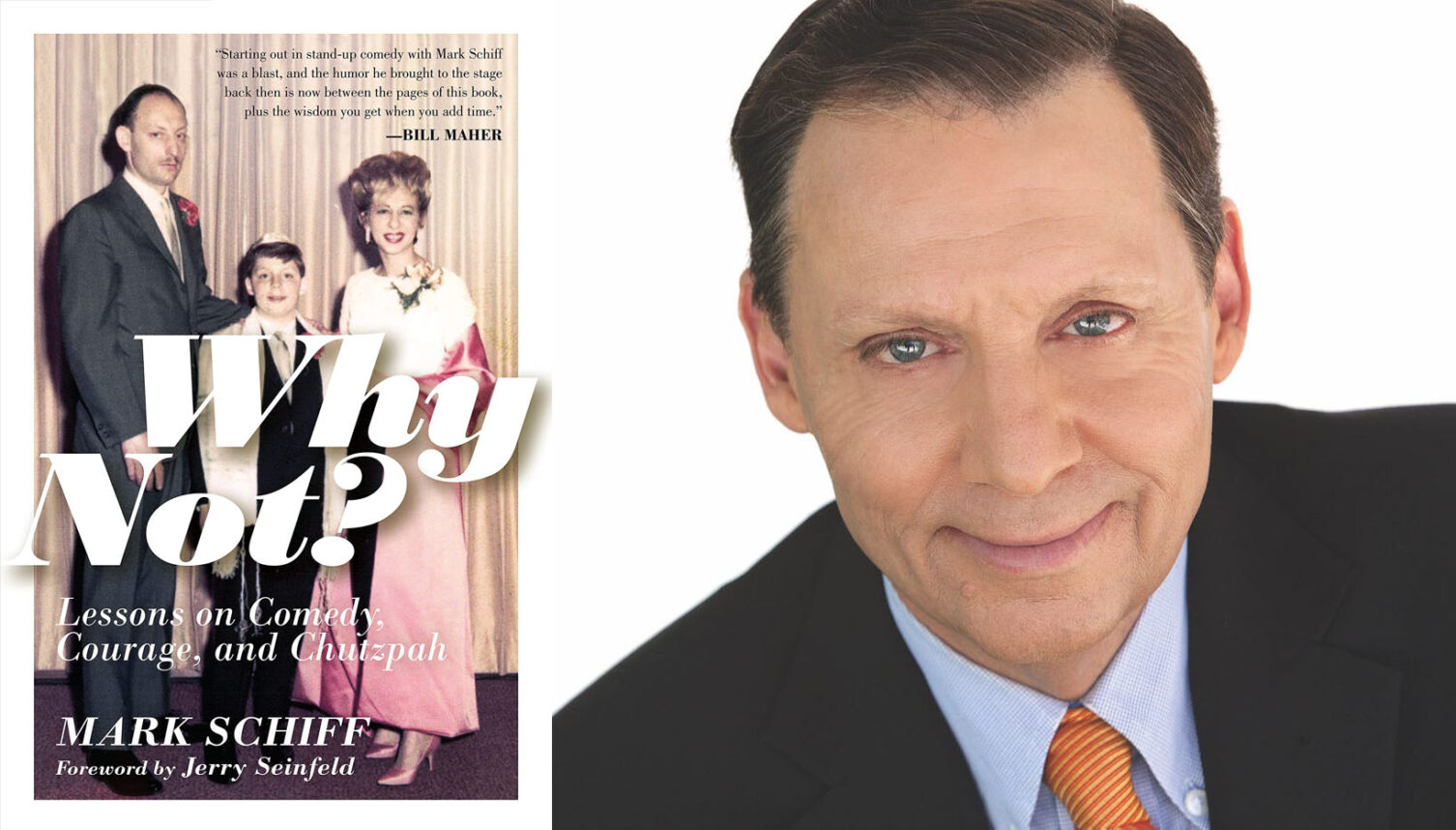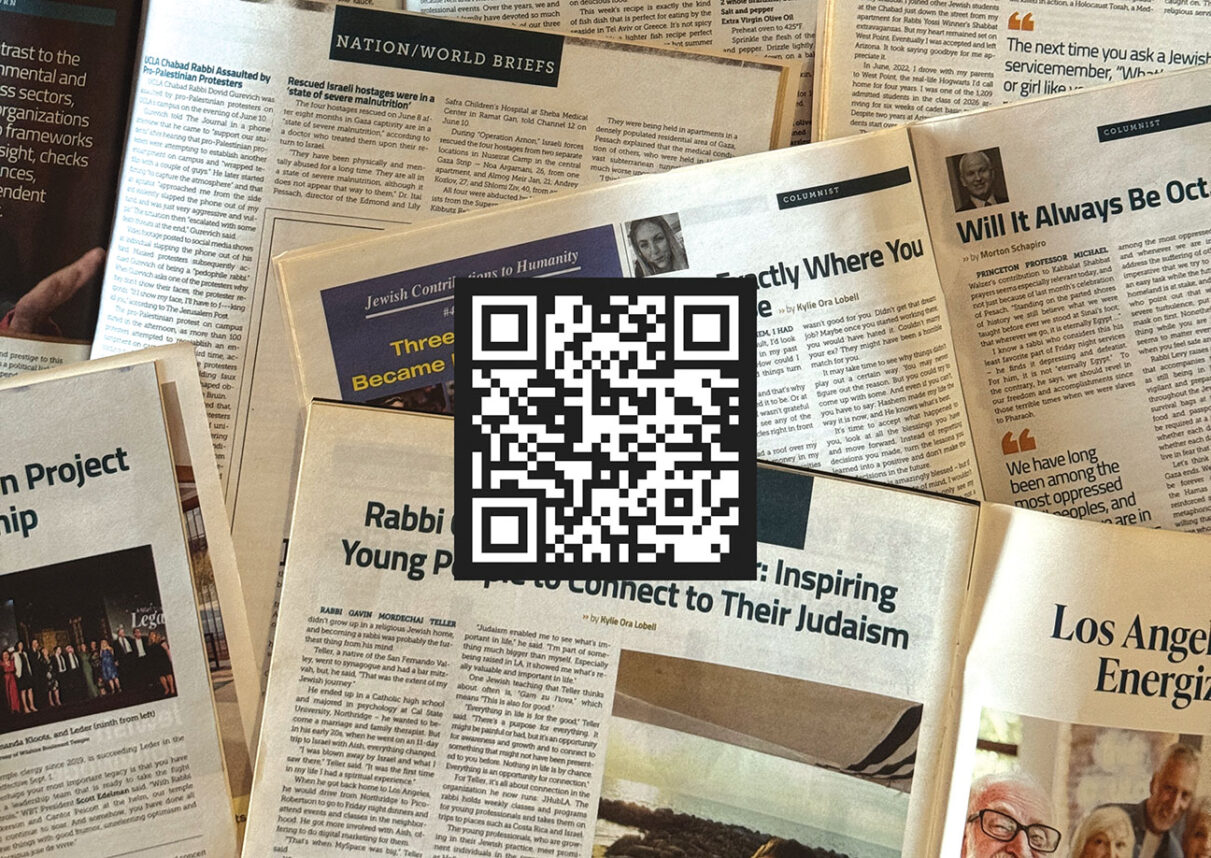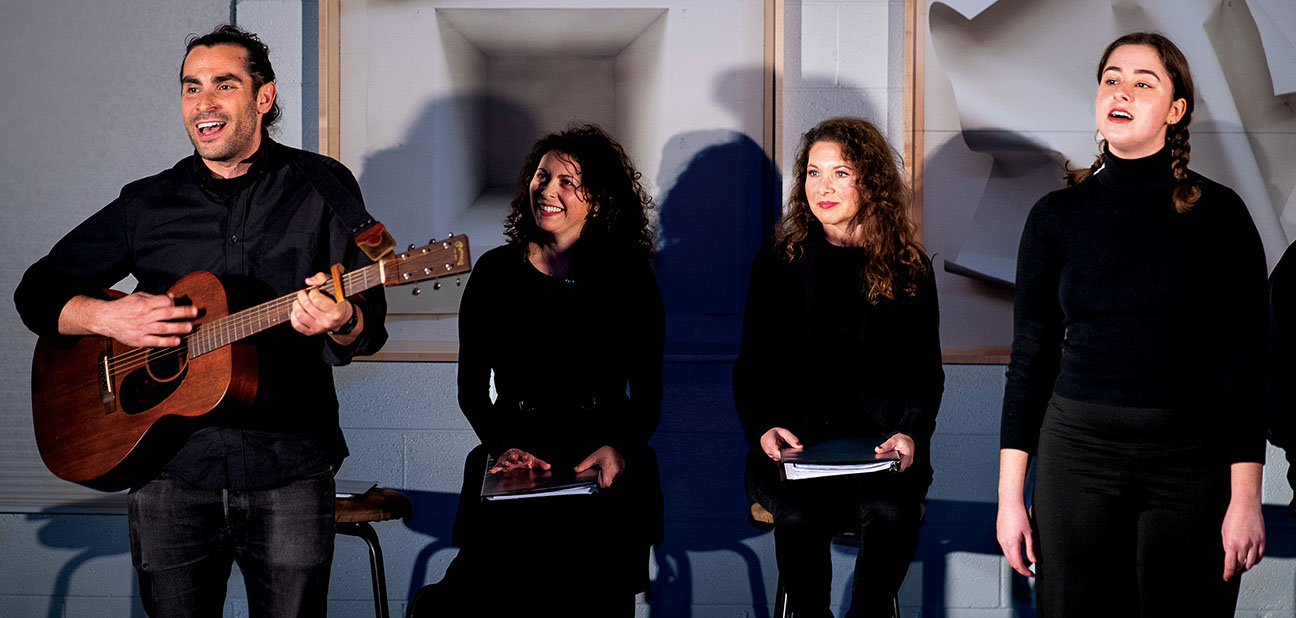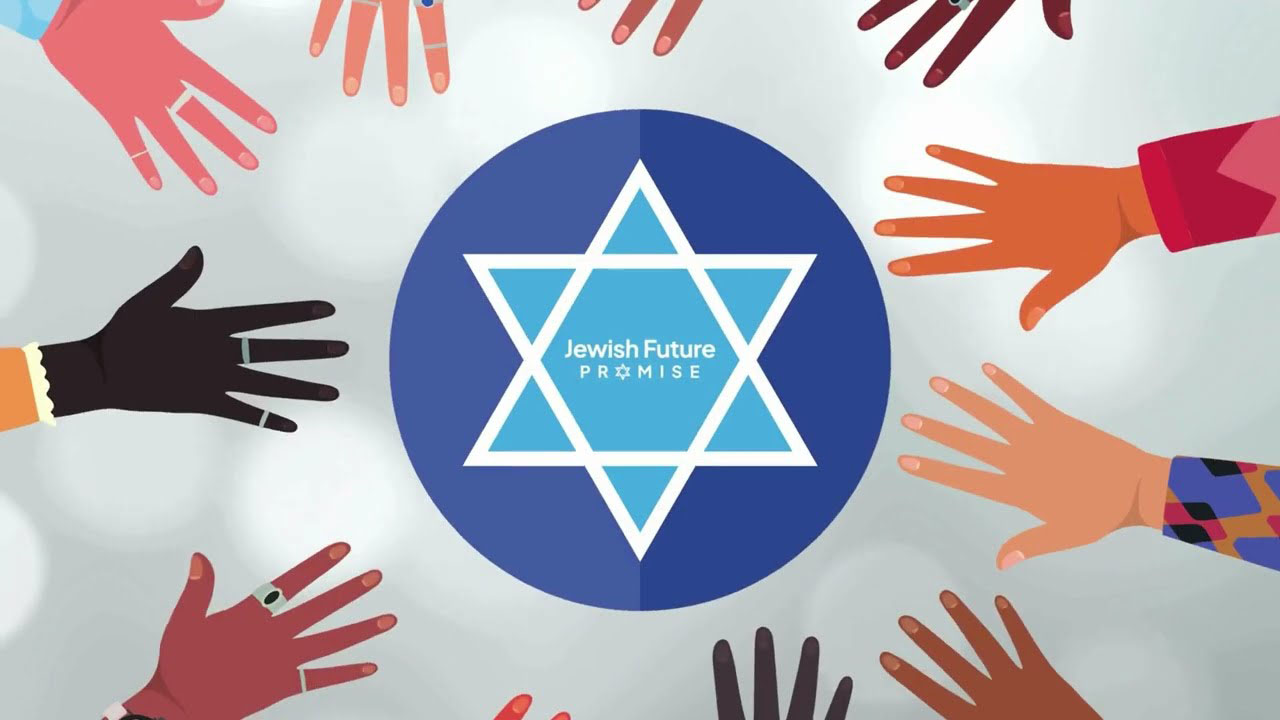Manya Hartmayer Breuer, a docent at The Jewish Federation’s Los Angeles Museum of the Holocaust, usually doesn’t watch Holocaust films. They stir up too many painful memories. But last week, the Culver City resident watched — and cried through — all four hours of the upcoming CBS miniseries “Haven,” the story of 982 Holocaust survivors whisked from war-torn Europe to America.
Manya’s reasons were personal. She was one of the survivors escorted to safety by the Jewish American journalist Ruth Gruber, and she was the first bride to marry in the U.S. Army camp where the refugees were interned in 1944. In the miniseries, we first encounter Manya as a tall, thin teenager with haunted, sunken blue-green eyes, as played by actress Tamara Gorski.
During a Journal interview, the real Manya, who is also tall and slender, described how she survived five concentration camps; in one, she endured a beating so severe that she huddled in a corner for weeks, unable to move. After fleeing over the Alps to Rome, wearing only summer clothing, she hid in a convent where she subsisted for months on moldy chestnuts. One day, while walking through the city with false papers, she stood before a little synagogue in the shadow of the Coliseum and felt as hunted as the early Christians who were martyred in the Roman amphitheater. “When I was liberated, my first step was to go back to that little synagogue to thank HaShem,” she says. It was while she was in the shul that she met the U.S. officials who helped her secure a coveted spot on Gruber’s mission.
When a fellow refugee named Ernst Breuer fell in love with Manya and proposed marriage, the survivor was reluctant, as depicted in the miniseries. She was too worried about her parents to contemplate the future: She had last seen her mother in the Gurs concentration camp, and her father had been arrested by the Nazis. At one point, Manya’s father had given her his cotton shirt to protect her from the cold; she refused to take it off long after she arrived at the Army camp in Oswego, N.Y. In one of the most poignant scenes in “Haven,” Manya explains that the shirt is the sole memento she has left of her Papa.
In another powerful scene, Manya finally meets Breuer under the chuppah; for the real Manya, the sequence stirred memories of her wedding day. The balmy August morning began as the survivor and her friends raced around the camp, picking wildflowers for her bridal bouquet. Later, in a barracks room, Gruber and her mother helped Manya slip into a borrowed gray gown and a white silk veil Ruth’s mother had crocheted for the occasion. A little after 10 a.m., Mama Gruber helped escort Manya down the aisle, in lieu of her own mother. “I will always love you for this,” the survivor told her.
While Hartmayer Breuer believes no film can ever capture the Holocaust experience, she is pleased that the refugees’ story will air on national television this week. “From the Shoah, we learn that the important thing is to love and respect one another,” says the survivor, who participated in a recent panel discussion after a “Haven” screening sponsored by The Jewish Federation’s L.A. Museum of the Holocaust in association with the MorningStar Commission. “It doesn’t matter who you are, where you come from or how you believe in HaShem.”

